Debugging the Botlehead Paraglow
After the problem with a Buzz originating from the grids of certain 5965 valves (but not those supplied with the kit from Bottlehead Inc). there remains a hum in one of the amps. Actually the hum is present on both amps but in one it is 5-10 times greater than on the other. Since the trail to finding the cause of the Buzz started with swapping some valves this was tried again. Experiments moving the KR 2A3 valves between amps shows that the level of hum is related to the 2A3 being used, not to the amp the valve is in. Measuring at the anode of the 2A3, the hum is 0.3V peak-peak. In contrast, with the quieter of the two valves the hum is only 30mV and is inaudible on the amp's output. The hum goes as soon as the amp is switched off. I tried placing some grounded mesh at various places in the amp, beside the diodes, round the 2A3s and near the power transformer but it made no difference.
The picture below shows the hum as the upper trace with the voltage at the first capacitor of the power supply as the lower trace. As my mains voltage is 50Hz the PSU trace is 100Hz, so the hum is at 200Hz. The hum looks like a 200Hz sine wave superimposed on a smaller 50Hz sine wave.
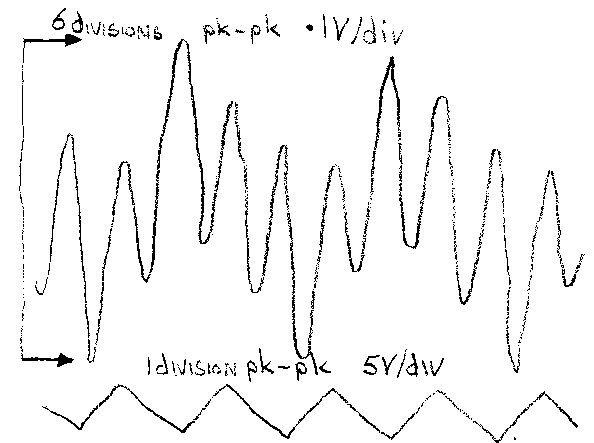
|
Buzz
I had a problem with my Paraglows when used with certain driver valves. Please note that the stock 5965's were ok but from the readings I was getting they were not well matched. I upgraded to a matched pair of Telefunken 5965s but eventually found that I only got the buzz when they were in the circuit. The top trace shows the voltage at the first capacitor of the power supply. The second trace shows the connection between the plate of the 5965 driver and the grid of the 2A3 output valve.
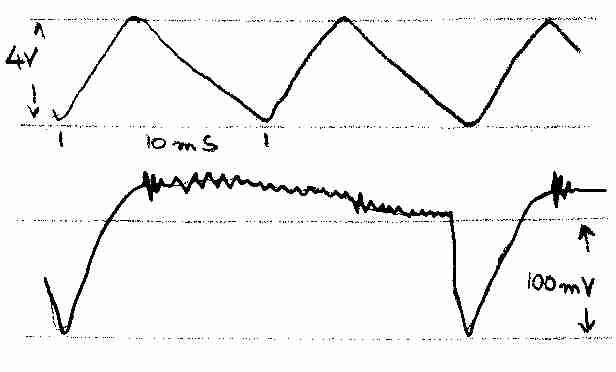
|
There are a couple of "rings" when the diodes switch but I was not to worried by these. But what I did hear was the -ve pulse (100mV) which almost exactly duplicates the duration of the charging current, except there is only one buzz pulse per cycle while there are two charging current pulses per cycle. I got lots of help from the Bottlehead forum but fustratingly the advice was for fixing hum rather than buzz.
It was Thorsten Loesh who came up with the correct cause of the buzz.
Okay. Here is the solution to the Buzz with the Tele's....
What you have is basically the parasitic Heater/Cathode Diode turning on on
the negative peaks of the Heaters AC, forming a halfwave rectifier.
Use a DC Heater or float the heaters upwards by about 10 - 20V....
I did this using a stack of watch batteries held together by heatshrink to produce a compact 15V pack. Wires were included at either end, just held on to the surface of the batteries by the pressure of the heatshrink. A bit of Caig Pro-Gold to preserve the contact surfaces. Now about 2 years later they are still working fine.
Pictures
For your continued interest I have a picture of the finishes I used on my Paraglows. This picture of is the snubber assemblies used before and after the power supply diodes.
Now for some pictures of the underside of the amp.
The first is looking at the power input socket and additional PSU 7H choke which is currently shorted out. Second looking at the output terminals with at the top the capacitors replacing the standard parafeed capacitor, and below the output transformer the diodes and snubbers. Next a look of the underside of the power transformer with the first snubber assembly to the right (badly out of focus). In the top left of the picture is the supplied 0.47uF capacitor bypassing the added 470uF capacitor (currently not connected). Lastly a shot looking at the underside of the valve sockets
Rough Frequency Response
Finally using a scope and a test CD I made a rough frequency response measurement. First is the input, second is the output, and lastly the two (very roughly) superimposed.
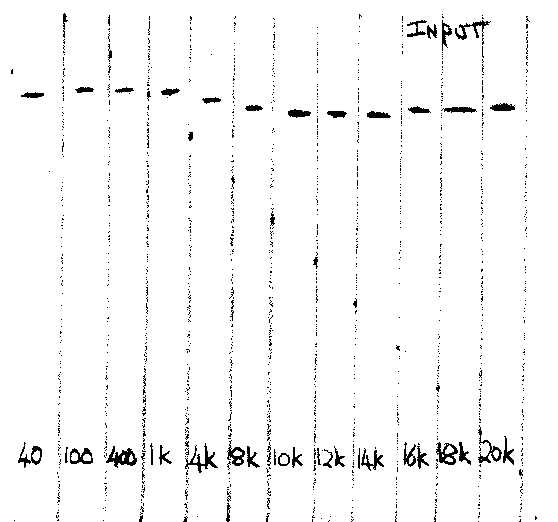
|
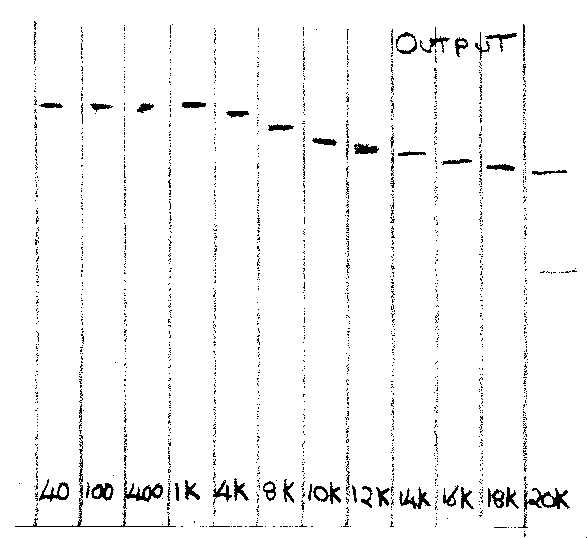
|
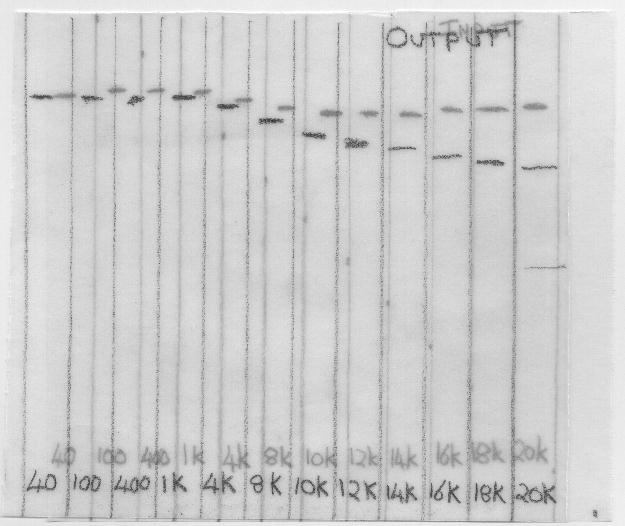
|
Last modified: Wed Nov 13 12:06:37 GMT Standard Time 2002